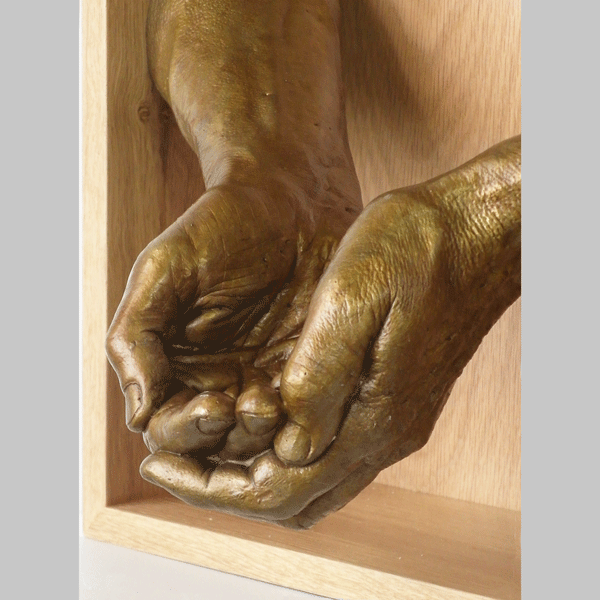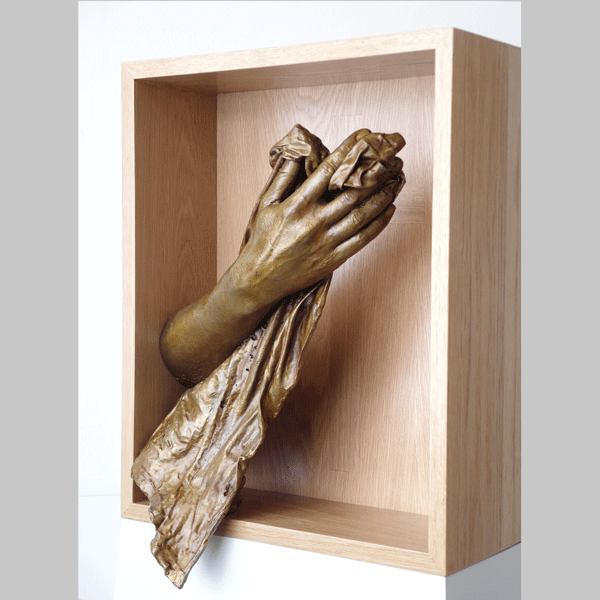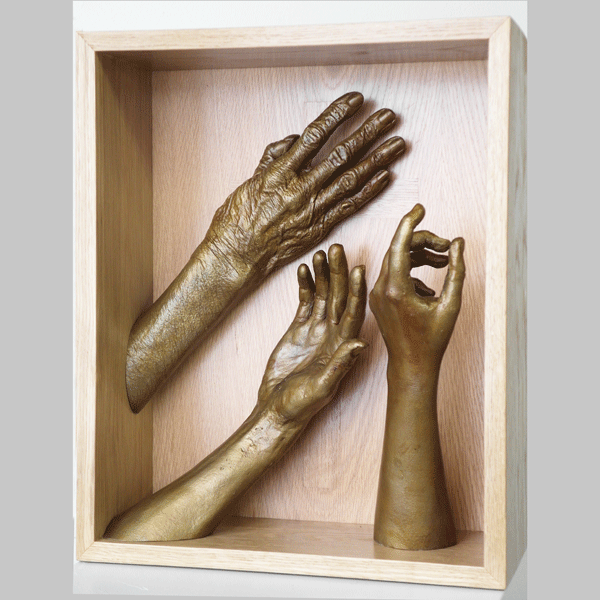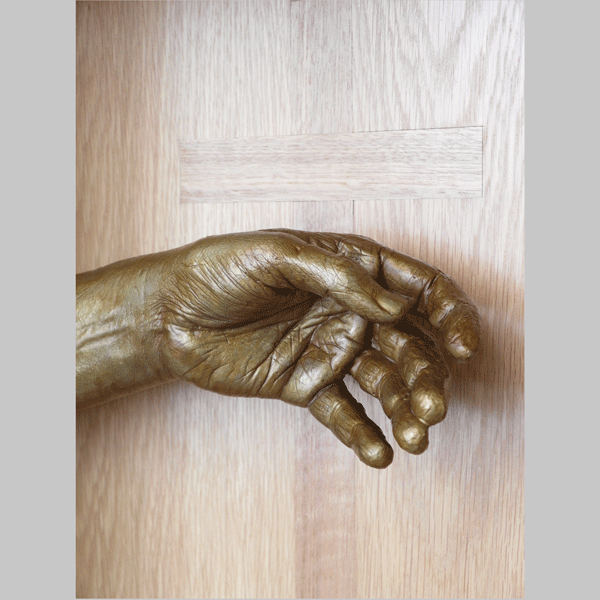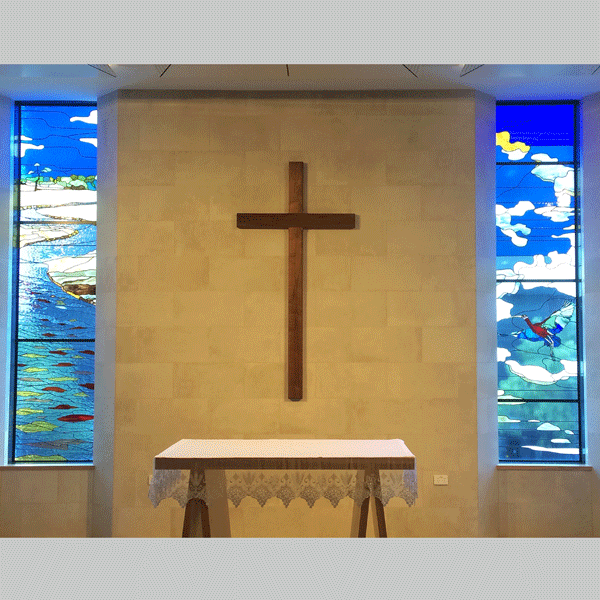Calvary Chapel Artworks
The stations of the Cross
&
Windows Tryptich
Designs; M. Judge with W. Kuiper.
The journey with a sculpture - any sculpture is intense. People visit the chapel for an hour and look at the artworks for a few minutes. We live with them all day, everyday, bringing the full focus of our attention to them, down to the finest nuance of expression and detail.
We have been travelling the way of the cross in our small studio for a year now and the concept has been with us for two.
Sometimes ideas arrive fully formed, as if they have been waiting in the ether for the person who would reach out and pluck them. When Susan asked me - hypothetically - how I would interpret the narrative of the stations of the Cross - the idea was there on the next breath.
It took a year after that moment for the funding and contracts to come through and months after signing to find the exact form for each frame.
I had a similar experience with the designs for the windows. The initial concepts came quickly; the flood of red and gold of the river, the curve of the mother’s head over her child, but they took a long time to resolve in the dots and dashes of vector graphics.
For the Stations a couple of frames were complete concepts from the first instance, the hand of Jesus on the wood of the cross - using a huge piece of beautiful driftwood that has been in our studios for decades, But the deeper concepts took careful analysis. I needed images that would communicate instantly and gestures that were intrinsically human without being melodramatic or theatrical.
Using only hands there is no ethnicity or historical specificity. The huge and complex narrative is stripped back to its deeply human elements. The universal human dialogue. We all travel this journey.
I gave each station a word, or a phrase encapsulating a single emotion or an action. We used these as the tag names for the sculptures as they were made, bringing us back to the pure intention as needed.
Ours is a gritty reality as sculptors: silicone, plaster, wax and fire, angle grinders, welders, blasters and chemicals. The simple silence of the sculptures on the wall is no reflection of the noise and dust that brought them into being. The technical complexity of these bronzes - casting a solid with a cylinder with a flat sheet in a single form - challenged our 25 years of practise.
Even the life moulds of such subtle shapes was interesting. We are indebted to our patient model for the hands of Jesus. I dont believe that Kevin had any idea of what he was getting himself into and there were a few moments when I think he wondered if he would permanently lose the use of his fingers after three hours clenched into a fist in liquid rubber. His insight into human reality, through his work in palliative care, his long experience with death and dying is in the nuances of these hands.
We bronze cast the sculptures ourselves at our studios. My husband, Will, and I work in an ancient tradition. Bronze was first smelted around 4000 years ago, its discovery altered the course of history. Foundries have been casting sculpture since those earliest days in a fabulous alchemy between science and art.
However Will and I often wonder if ours will be the last generation of sculptural bronze casters - foundries across the country are closing down, even the art school has closed its program now.
This chapel is a testament to the traditional skills of the artisan. Here we see Lead-light, the glass cut by hand by Jan and Brenton Worrell, the carpentry for the alter from local makers Senkii, the cross hand made by Kenny Monger.
Every item is unique, bespoke, carefully considered, made with real materials. In the decades to come our society will slip further away from the human qualities of the the handmade, and the skills will gradually be lost. It only takes a single generation to lose the knowledge gathered over hundreds of years.
This chapel will become more valuable and more remarkable as time goes by, reflecting our contemporary understanding with traditional craftsmanship.
Here we see the beauty and authenticity that would be familiar …. even to a Carpenter…. born 2000 years ago.

